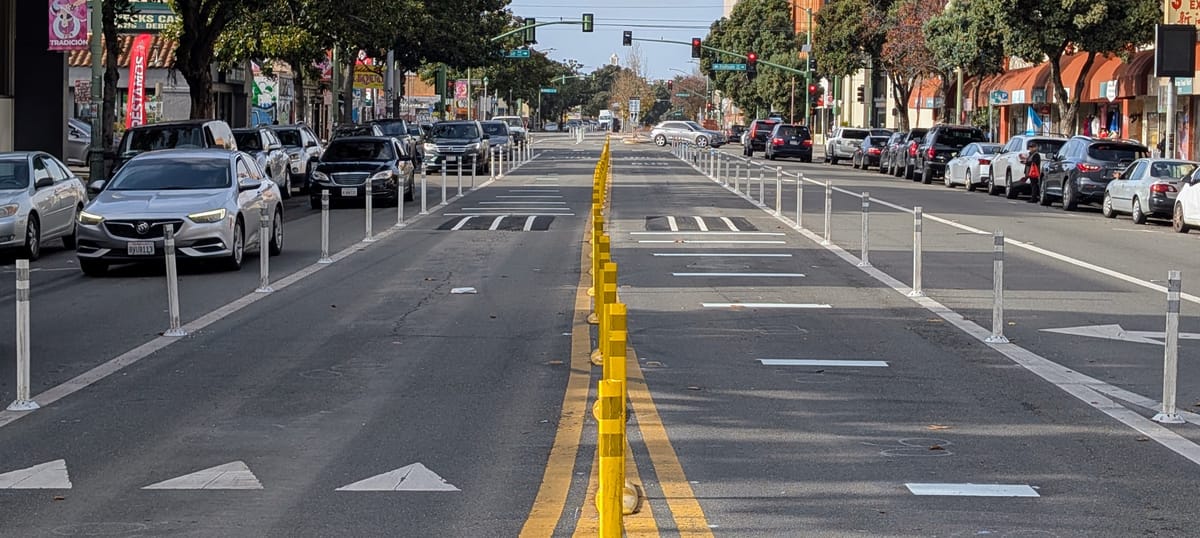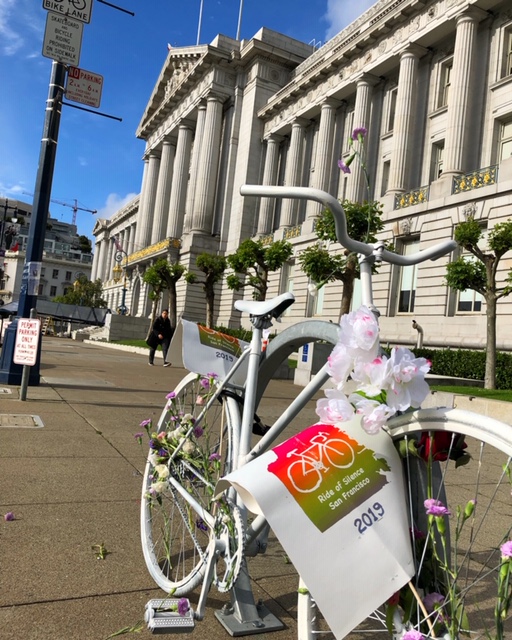Washington, DC, is poised for big improvements to its performance parking program.
Michael Perkins at Greater Greater Washington reports that ParkDC is set to expand "on some of downtown's most in-demand blocks" in Gallery Place. By resetting meter prices every few months based on the rate of occupied curbside parking spaces, the new ParkDC zone could match or exceed the responsiveness of San Francisco's groundbreaking SFPark program.
Taking lessons from pilot programs it conducted in other parts of the city, Perkins writes, DDOT will employ a range of tools to gauge occupancy and set prices in the downtown zone.
Under the performance parking program, DDOT will use cameras and sensors to measure when parking spaces in the designated area are occupied and when they're empty.
Each quarter, the agency will measure that data against a target occupancy rate of 80-90% (or about one empty spot per block) and adjust how much it costs to park in a given spot accordingly. It's possible that prices will change more frequently after the first few quarters, and DDOT will assess ParkDC's overall impact sometime before the end of 2016.
Charging market rate for parking will make sure there are enough empty spots for people who need them while also eliminating an oversupply. That, in turn, will cut down on the congestion that comes from people driving around looking for somewhere to park...
According to Soumya Dey, DDOT's director of research and technology transfer, ParkDC will use a number of methods to gather occupancy data. A traditional "hockey puck," transaction data from the meters, historical data, cameras, and law enforcement data are all among the ways DDOT will know how many people park, and when, on each block. Dey said the hope is to use fewer embedded sensors, and to evaluate which method is most cost-effective.
Elsewhere on the Network today: PubliCola notes that Hillary Clinton's first campaign video shuns cities. Transitized spots a troubling trend in urban big box development. And Bike Portland reports that Portlanders are petitioning to have their city stripped of its platinum "bike-friendly" status.





